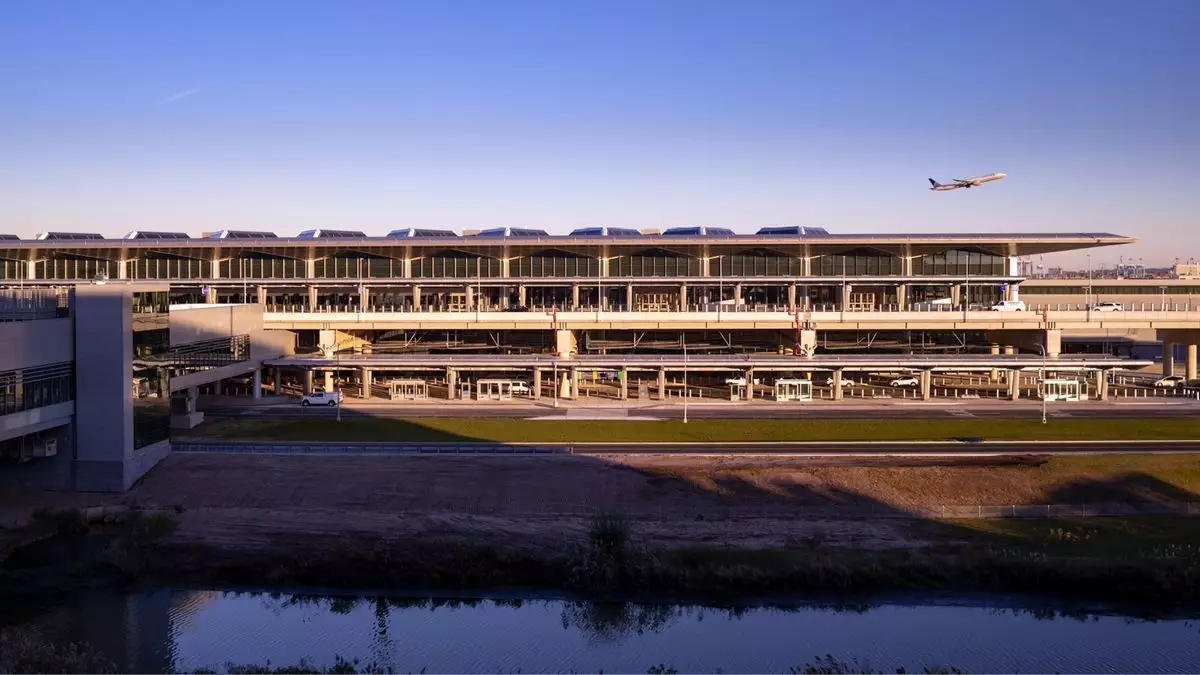In an era where technological advancements seem to redefine every industry, the air traffic control system in the United States appears to lag notably behind. Recent outages at the Philadelphia TRACON center, responsible for managing so many flights, particularly those arriving and departing from Newark Airport, have sent shockwaves throughout the aviation sector. The Federal Aviation Administration (FAA) confirmed that these technology failures have led to some air traffic controllers taking leaves of absence—an alarming signal for an already overburdened air traffic network. The immediate consequence of this deficiency was stark: United Airlines canceled 35 flights as a direct result of controller shortages and procedural delays, crippling Newark’s operations.
It is no secret that the air traffic control systems in the U.S. are outdated. This aged technology is causing not only frustration among flight crews and passengers but also a measurable impact on airline operations. Delays had already been prevalent, but a single afternoon saw departures from Newark held up by an astounding average of 244 minutes. Such stress-inducing wait times are unacceptable in a sector that prides itself on safety and punctuality.
Stress on Air Traffic Controllers: A Silent Crisis
The human side of air traffic control cannot be overlooked. The losses of communication and timing errors experienced during outages are traumatic for many controllers. According to reports, controllers on duty during a critical radio failure were so impacted that four took short-term trauma leave. This clearly signals a mental health crisis brewing within an already stressful profession that requires sharp focus and clarity under pressure. The FAA has noted the challenges faced by air traffic controllers due to multiple outages, indicating that this doesn’t just affect the logistics but also the workforce’s psychological well-being.
Air traffic control has never been an easy job; the stress is inherent. However, the intensifying frequency of technology-related outages is pushing these professionals to their limits, prompting some to seek respite from what seems to be a chaotic work environment. The paradox is troubling: a lack of reliable technology leads to human resource shortages, which in turn compounds the operational issues that birthed the original crisis.
The Broader Picture: Infrastructure Challenges
However, the outages and controller absenteeism represent merely a piece of a much larger puzzle. Newark Airport operates under chronic capacity constraints, rendering it particularly vulnerable to disruptions. Even under optimal conditions, Newark struggles to accommodate flight demand. In response to ongoing challenges, the FAA has allowed airlines to reduce their flights by up to 10% in order to maintain scheduled operations without overwhelming the facility. Runway construction, while necessary for improving long-term efficiency, also exacerbates current issues, especially during inclement weather.
This confluence of challenges is not merely an operational hurdle; it’s a systemic failing of America’s aviation infrastructure. The broader implications reveal an urgent need for a comprehensive reevaluation and overhaul of the entire air traffic control system.
Financial Implications: A Call to Action for Funding
Recent developments have highlighted that outdated systems are not just an inconvenience but a substantial threat to air travel safety and efficiency. With projections indicating a dire need for funding, Transportation Secretary Sean Duffy has spearheaded efforts to amass billions for modernization initiatives. The most recent budget proposals include a staggering $5 billion aimed at upgrading the national airspace system. Such funding is crucial, yet it’s also a reminder of the deep-seated issues that have long been neglected.
This call to action is being echoed by other influential figures, such as Rep. Sam Graves, who has proposed $15 billion in new funding for necessary upgrades. This financial infusion would lay the groundwork for new systems that can support the ever-growing demands of U.S. air travel. Simply put, the technology failures experienced today are a byproduct of years—if not decades—of deferred investment.
The Road Ahead: A Long Overdue Transformation
Despite the evident urgency for modern solutions, the road ahead is fraught with challenges. While ambitious funding requests aim to catalyze significant improvements, implementation will take time—years, in fact. Until state-of-the-art technology and systems are fully integrated, aviation safety and efficiency could continue to be compromised.
In the interim, the FAA must focus on strengthening current telecommunications equipment reliability. Doing so is essential as the airline industry navigates these turbulent waters while technological reforms are underway. The situation at Newark serves as not just a localized issue but a wake-up call highlighting the integral need for investment in resilient and robust air traffic systems across the nation. Only through decisive action will it be possible to enhance service quality for travelers and, crucially, safeguard the mental health of the dedicated professionals managing our skies.


Leave a Reply